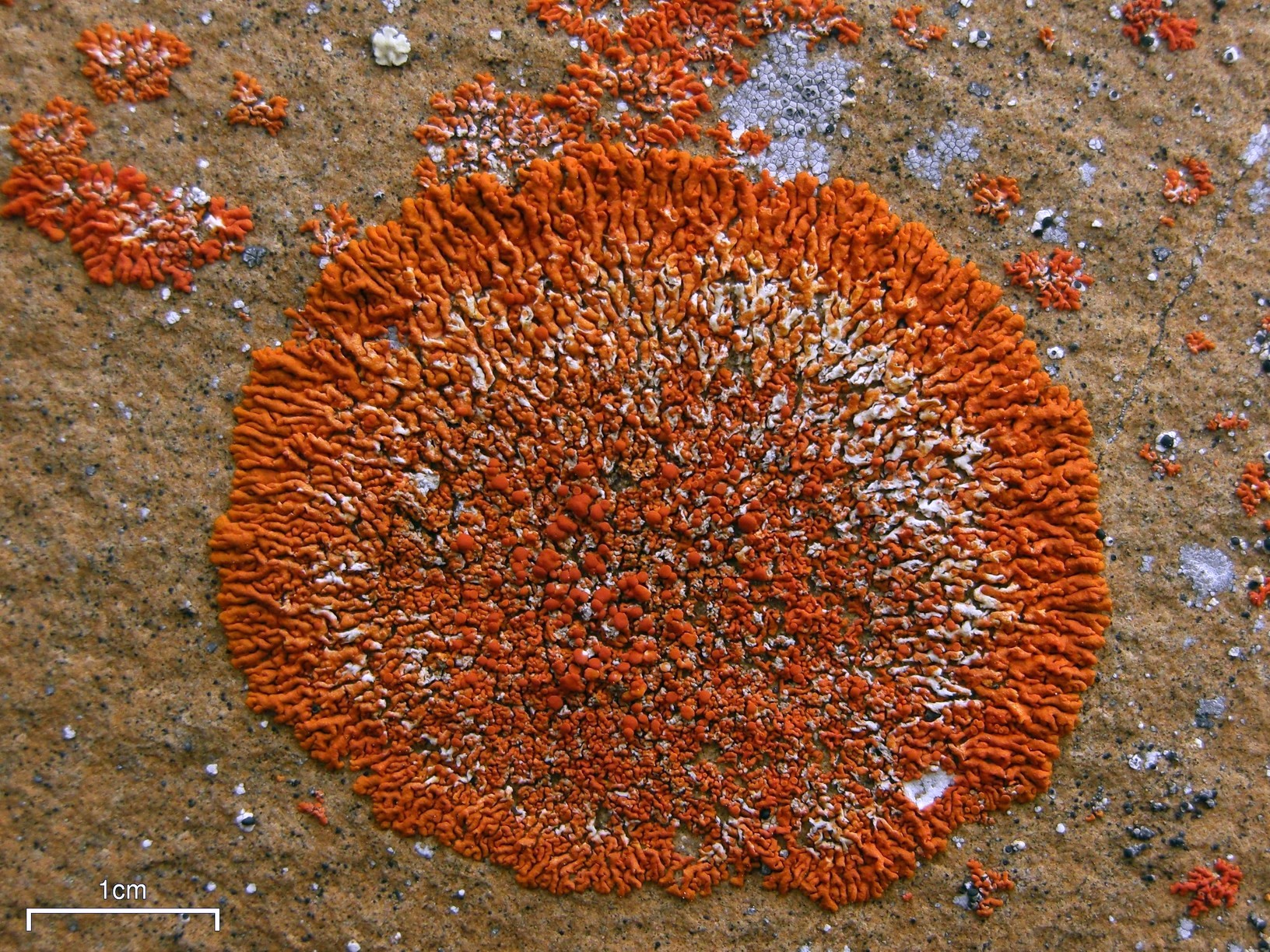Difference between revisions of "Template:Westarctica.wiki:Today's featured article"
Jump to navigation
Jump to search
Westarctica (talk | contribs) |
Westarctica (talk | contribs) |
||
| Line 1: | Line 1: | ||
[[File: | [[File:Xanthoria elegans.jpg|thumb|300px|left]] | ||
'''[[Psychrophiles]]''' are extremophilic organisms that are capable of growth and reproduction in low temperatures, ranging from −20 °C to +10 °C. They are found in places that are permanently cold, such as [[Antarctica]] and the deep sea. They can be contrasted with thermophiles, which are organisms that thrive at unusually high temperatures. Psychrophile is Greek for 'cold-loving'. | |||
Many such organisms are bacteria, but some eukaryotes such as [[lichen]]s, snow algae, fungi, and [[Antarctic midge|wingless midge]]s, are also classified as psychrophiles. Psychrophiles are protected from freezing and the expansion of [[ice]] by ice-induced desiccation and vitrification (glass transition), as long as they cool slowly. | |||
'''([[ | '''([[Psychrophiles|Full Article...]])''' | ||
Revision as of 21:53, 13 January 2019
Psychrophiles are extremophilic organisms that are capable of growth and reproduction in low temperatures, ranging from −20 °C to +10 °C. They are found in places that are permanently cold, such as Antarctica and the deep sea. They can be contrasted with thermophiles, which are organisms that thrive at unusually high temperatures. Psychrophile is Greek for 'cold-loving'.
Many such organisms are bacteria, but some eukaryotes such as lichens, snow algae, fungi, and wingless midges, are also classified as psychrophiles. Psychrophiles are protected from freezing and the expansion of ice by ice-induced desiccation and vitrification (glass transition), as long as they cool slowly.
